Have you ever taken a shot of something moving quickly and found that the image didn’t really capture the feel of the motion involved? Sure, the subject was sharp but the energy in the movement was lost. One way to capture that energy in a still is to use the art of motion blur. Filmmaker Matti Haapoja takes us through three basic techniques for using motion blur to bring out a sense of movement in your still photography:
As you’re probably well aware, it can be tricky to show movement in a still frame. It can look like a person is just balancing on a bike or skateboard, without moving. Take Haapoja’s image below. The foremost rider could just as well just be standing there, posing for a shot.
Add in a little motion blur, however, and the shot becomes something entirely different. Of course, the lighting and composition also make this a better shot, but on top of that, the motion blur in the grasses to the side adds a bit of energy to the image, cluing our minds in to the fact that the subjects are indeed moving.
While you can get similar effects through post-processing, it’s generally best to get them in-camera. Here’s how Haapoja does it.
1. Tracking your subject (panning)
This is the age-old technique of keeping your camera trained on the subject as it moves by you. With a relatively slow shutter speed – Haapoja suggests around 50-60 – the camera movement alone will blur the background while keeping the subject in focus.
With this technique, it helps to work in a focus lock mode. Also, if you’re using a longer lens, it can be super helpful to use a tripod. (Video tripods come equipped for panning.)
2. Moving with your subject
While panning with focus locked on your subject is the most commonly used method of getting motion blur, you can also get it by riding along with whatever your photographing. This can add in a lot more challenges in terms of keeping the camera steady, but when done well it can be quite effective. (It’s also a lot more fun.)
3. Motion-blurring the background
If you want to convey motion and action in a shot but don’t have a subject that’s moving, you can always pair them with background elements that are moving. This can be anything from the wind through trees or grass to bicycles or cars going by.
What are your favorite ways to use motion blur?
Like This Article?
Don't Miss The Next One!
Join over 100,000 photographers of all experience levels who receive our free photography tips and articles to stay current:
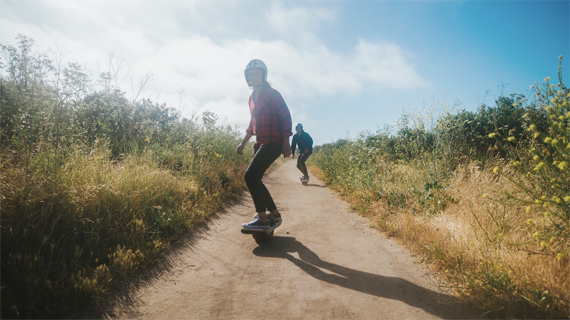
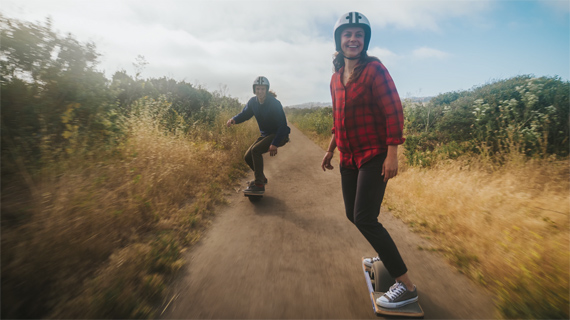
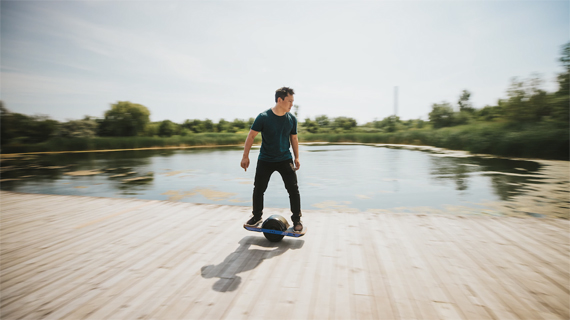
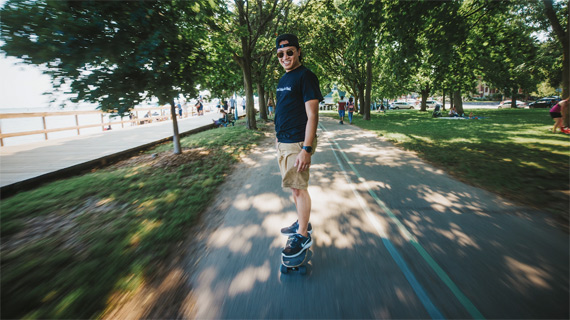
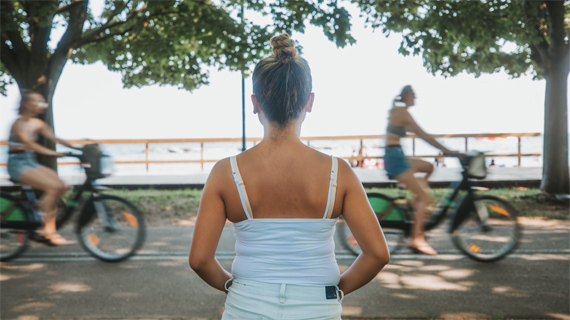






Leave a Reply